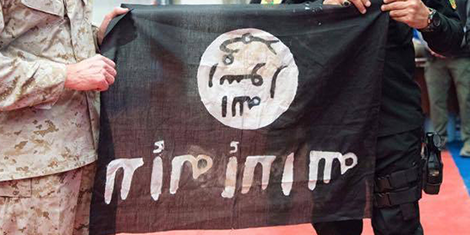
This article was originally published by the Small Wars Journal on 6 March 2019.
Introduction
The Islamic State of Iraq and al-Sham (ISIS) routinely kidnaps, recruits, and employs child soldiers to carry out its operations. In recent years, ISIS possessed major land holdings in Syria and Iraq, and has carried influence on a global scale; however, the overwhelming international military response to ISIS’ brutality has largely driven this terrorist organization out of its formerly held territories. As ISIS members are displaced through battlefield losses, reintegration of former ISIS members remains a key challenge globally. ISIS has frequently used children as a part of its military operations, and hundreds of these children have been indoctrinated into ISIS ideology. The international community now faces a critical issue with the rehabilitation of ISIS children. This population was raised in a hyper-violent environment and has largely never been exposed or integrated into conventional society. As these children and their families flee to non-ISIS controlled areas or home countries, they pose a lifelong terrorism threat to the international community.


